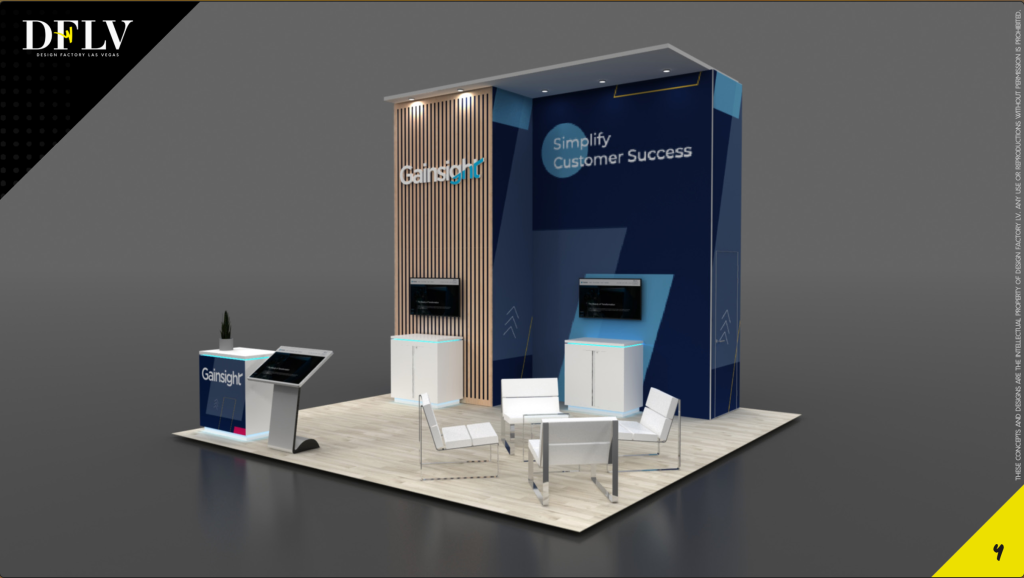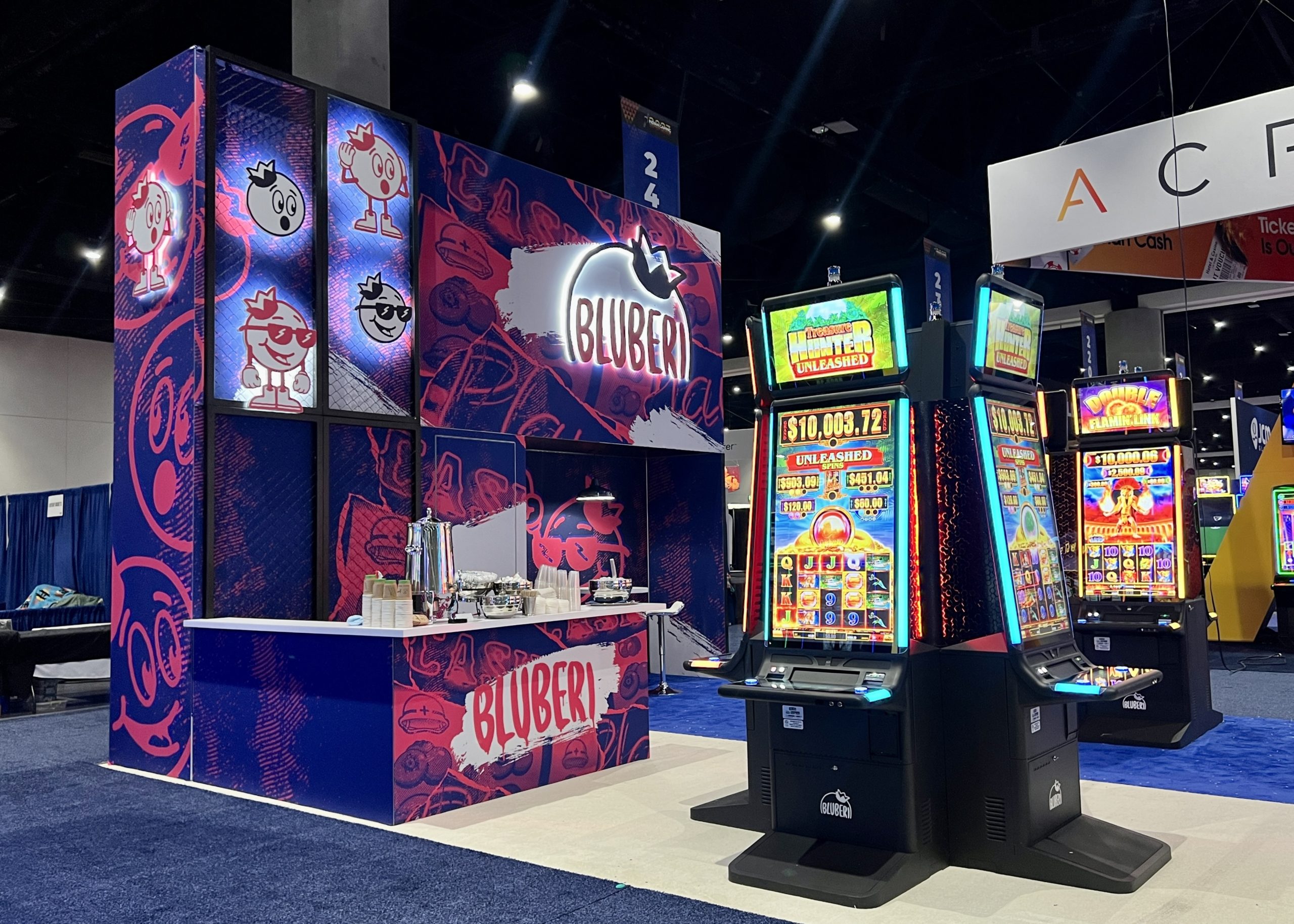The Ultimate Guide for First-Time Exhibitors: Everything You Need to Know Before Attending Your First Trade Show
Are you preparing for your first trade show as an exhibitor? Congratulations! Trade shows can be an excellent opportunity to showcase your products or services, network with industry professionals, and generate new business leads. However, navigating through the process can feel overwhelming, especially for first-time exhibitors. Don’t worry, we’ve got you covered. In this guide, we’ll walk you through everything you need to know before attending your first trade show, from booth rental to promoting your presence.
Table of Contents:
- Research and Select the Right Trade Show
- Budgeting and Setting Goals
- Booth Rental: Types and Considerations
- Designing Your Trade Show Booth
- Promoting Your Presence Before and During the Show
- Networking Tips for First-Time Exhibitors
- Following Up After the Trade Show
- Research and Select the Right Trade Show
Research and Select the Right Trade Show
As a first-time exhibitor, it’s essential to choose a trade show that aligns with your industry, target audience, and company goals. Research upcoming trade shows in your industry, and consider factors such as location, size, attendance, and reputation. Consult with colleagues, industry forums, or event organizers to gather information about the event’s potential for generating new business leads.
Budgeting and Setting Goals

Before committing to a trade show, establish a budget and set specific goals. Consider costs such as booth rental, booth design and production, marketing materials, travel and accommodations, and event promotions. Set measurable goals, such as the number of leads generated or the number of new connections made during the event.
Booth Rental: Types and Considerations

Booth rental is an essential aspect of attending a trade show. There are various booth types to choose from, including inline booths, island booths, and peninsula booths. Each has its advantages and limitations, so consider factors like booth size, location, and layout when making your decision.
Designing Your Trade Show Booth

A well-designed booth is crucial for attracting visitors and making a lasting impression. Consider the following design elements:
- Branding: Incorporate your company’s logo, colors, and messaging to create a cohesive and memorable presence.
- Layout: Design a booth layout that encourages visitors to engage with your products or services, and provides a comfortable space for conversations.
- Lighting: Use lighting strategically to highlight key areas and create an inviting atmosphere.
- Graphics and Signage: Eye-catching graphics and clear signage can help your booth stand out from the competition.
Interactive Elements: Consider incorporating interactive elements, such as touchscreens or product demonstrations, to encourage visitor engagement.
Promoting Your Presence Before and During the Show
Promote your presence at the trade show to maximize the potential for new leads and connections. Use the following strategies:
- Social Media: Announce your attendance on your social media channels, and use the event’s official hashtags to join the conversation.
- Email Campaigns: Send personalized emails to your existing contacts, inviting them to visit your booth and schedule meetings.
- Press Releases: Issue a press release announcing your participation in the trade show and any new product or service launches.
On-Site Promotion: Utilize on-site promotional opportunities, such as sponsorships, speaking engagements, or advertising in event materials.
Networking Tips for First-Time Exhibitors

Networking is an essential aspect of trade show success. Keep these tips in mind:
- Approachability: Be welcoming and approachable, and encourage your booth staff to engage with visitors.
- Elevator Pitch: Prepare a concise and compelling elevator pitch to introduce your company, products, or services.
- Active Listening: Show genuine interest in the person you’re speaking with by asking open-ended questions and listening carefully to their responses.
- Business Cards: Always have business cards on hand and exchange them with new contacts.
Attend Networking Events: Take advantage of networking events, such as mixers, receptions, or conference sessions, to expand your connections beyond your booth.
Following Up After the Trade Show
The work doesn’t end when the trade show is over. Implement a follow-up strategy to capitalize on the connections made during the event:
- Organize Leads: Collect and organize the contact information of leads and new connections gathered during the trade show.
- Personalized Emails: Send personalized follow-up emails to your new contacts, thanking them for their time and reiterating the value of your products or services.
- Social Media Connections: Connect with new contacts on LinkedIn and other social media platforms to maintain a professional relationship.
Analyze Results: Assess your trade show performance by comparing your results to the goals you set before the event. Use this analysis to guide your strategy for future trade shows.
Conclusion
Attending your first trade show as an exhibitor can be an exciting and rewarding experience. By researching and selecting the right trade show, setting goals, renting an appropriate booth, designing an eye-catching display, promoting your presence, networking effectively, and following up after the event, you can maximize your trade show success and lay the groundwork for future growth. With this comprehensive guide in hand, you’re well-equipped to make the most of your first trade show experience.
Remember to bookmark this guide and share it with your colleagues to ensure a smooth and successful first-time exhibiting experience. And if you need help with booth rental or design, don’t hesitate to reach out to our team of experts. We’re here to help you make a lasting impression at your next trade show.



